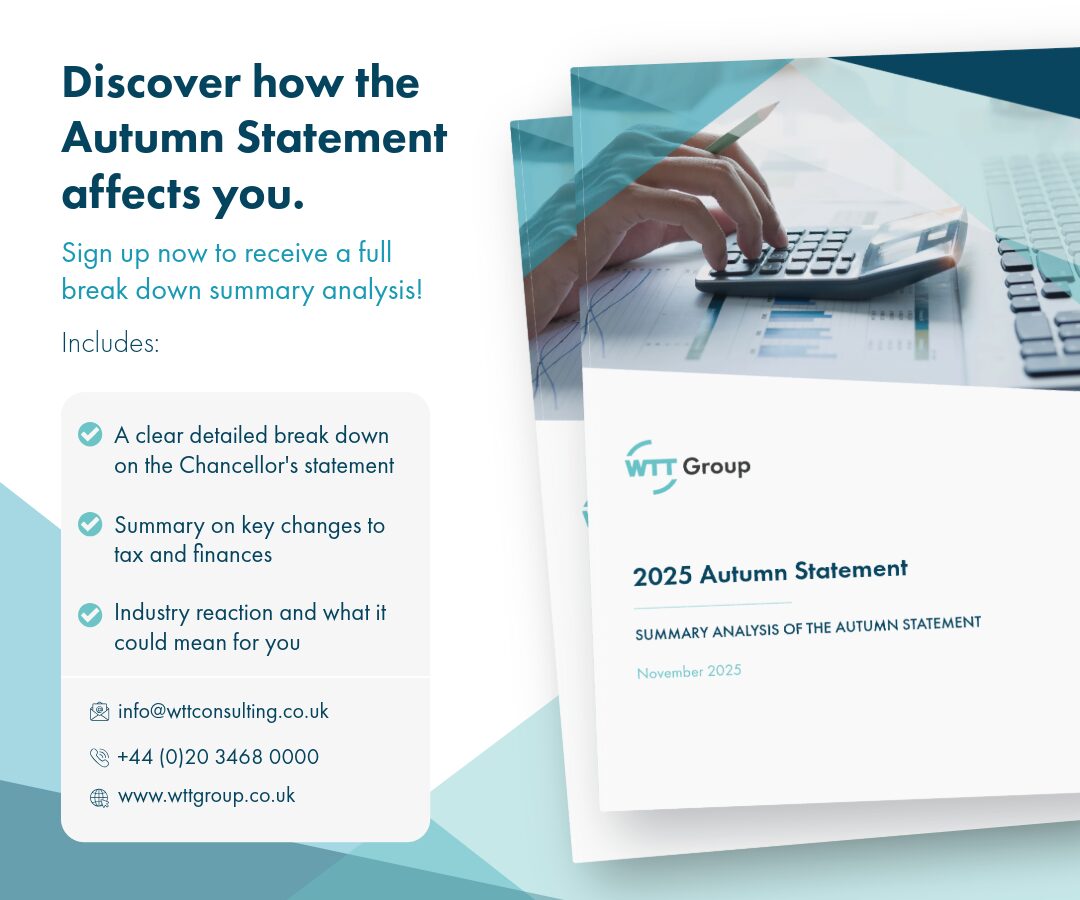Checked & unbalanced
10th December, 2021 I’m often educated by my law trained business partner as to…
7th July, 2021
Follow me at your peril- Haworth v HMRC
HMRC does a very difficult job and in many areas of taxation, does it very well. The agency has a huge array of powers and these grow every year despite the best efforts of Parliament and others. These powers are in the main also used with some discretion.
With great power however comes great responsibility.
This includes the ability to issue a “Follower Notice”. These can be used where a taxpayer has used an arrangement which a Tribunal or Court has previously found against in terms of its effectiveness in reducing tax bills. In short, such a notice creates a considerable barrier for taxpayers contemplating continuing an unmeritorious legal action. It does this by applying a 50% penalty should a case be continued and lose.
It is a powerful tool that has been at the call of HMRC since 2014. As you might expect it comes with a set of conditions and requirements. One of these is in section 205 (3) (b) FA 2014. It’s very short and worth setting out.
A judicial ruling is “relevant” to the chosen arrangements if …
(b) the principles laid down or reasoning given in the ruling would if applied to the chosen arrangements deny the asserted advantage or a part of that advantage
The emphasis is mine.
A recent case- R (on the application of Haworth) v HMRC has brought into focus the provision with some helpfully clarifying results.
HMRC issued a Follower Notice to Mr Haworth. He appealed that notice on the grounds that:
The Supreme Court [2021] UKSC 25, agreed with Mr Haworth in respect of numbers 1 & 2. Their decision on point 3 was lost. The issue at number 4 was a score draw. Yes, the notice should have included reasoning, but missing that out did not invalidate the notice.
This is a seminal ruling.
Whilst there are cases still going on as to whether the arrangement used by Mr Haworth actually worked, HMRC’s Follower Notice must be withdrawn. This will impact the other 20+ notices issued for the arrangements similar to those used by Mr Haworth. It also means that the hundreds, perhaps thousands of such notices issued are all now vulnerable to being recalled.
Given that such notices are invariably issued with an accelerated payment notice and HMRC is not shy about collecting on them, there is a real chance that repayments will be due.
How has it come to this?
Lady Rose of the Supreme Court was clear that HMRC had done their best to meet the terms required by the legislation. They had set up a committee to hear submissions as to which taxpayers should receive a notice. That committee had set up a series of tests that had to be met in respect of the arrangement and which they thought would give them an objective view of whether a notice could be issued.
Unfortunately, that committee ultimately relied upon the view of HMRC case workers which was found to have fallen short of the required test. The test was whether the ruling in the earlier would be applied and result in the same decision.
Lady Rose considered that whilst HMRC had arrived at a view that the earlier decision would “likely” be applicable, that fell short of the test. This she decided, was partly because HMRC had overstated the decision given in the lower Courts and had interpreted the decision reached by the Judge incorrectly. In short, they had overstated the position in favour of themselves.
In our experience, this happens far more often than it should.
HMRC routinely includes in its communications with taxpayers and agents, statements that the law is in their favour, that prior decisions are in their favour, that their analysis of a given situation will always be favoured by a Tribunal. The phrasing used in their letters displays what can only be described as a ignorant disregard for other views or possible analysis.
It could appear that they are relying upon a widely held view that HMRC are the last word in tax matters and as this case shows and as has been obvious in many areas for a while, that is simply not true.
HMRC undoubtedly has some individuals who are expert and who are very capable in terms of tax analysis of complex issues. It also has many, many others whose knowledge is more limited and who rely upon the internal instructions.
Further, it has been obvious for a while that the experts within HMRC are very fond of cherry picking favourable decisions, applying interpretations that allow for no doubt and look for false positives in supporting their position.
Gone are the days where an agent could have a sensible discussion on an objective basis. Instead any attempts at such a discussion is usually met with a dogmatic refusal to even consider an alternative view or a one sided grab for information (any of which contradicts their view to be ignored).
We hope that the fall out from this decision which will include us reviewing those clients with Follower Notices, will force HMRC into an objective review of how they arrive at tax analyses.
However, if you or your clients have received a Follower Notice, in light of the above, you should consider the reviewing the circumstances of its issuance. If we can help by offering a free review, please let me know and we can discuss it.
 Article
Article
10th December, 2021 I’m often educated by my law trained business partner as to…
 Article
Article
2nd July, 2021 Crypto Tax- What can we learn from the US? Introduction The…
 Article
Article
The UK’s IHT framework has undergone major reform, replacing the long-standing domicile-based system with…
 Article
Article
Inheritance Tax (IHT) is one of the most significant considerations in long-term wealth planning,…
 Article
Article
What the Autumn Budget 2025 Means for You Rachel Reeves delivered this year’s Autumn…
We’d love to hear from you!
Whether you simply have a quick question, or were seeking a more formal conversation to discuss your tax needs, drop your details here and we will be in touch! Alternatively, you can contact us on +44 (0)20 3468 0000.